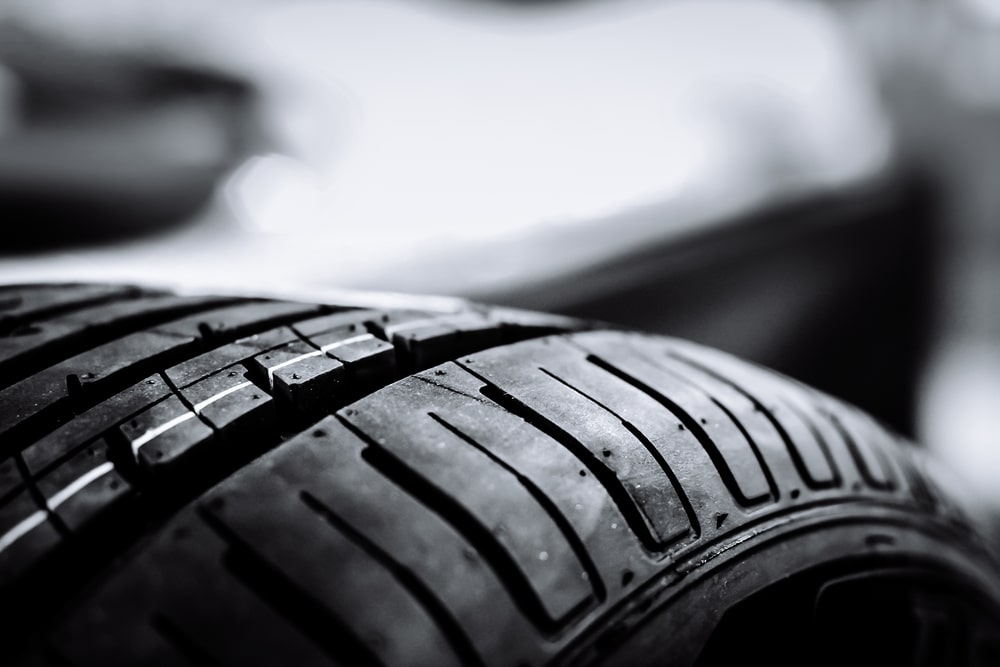News - Construction News
Crumb technology boosts sustainability

Society’s expectations of roads and the materials used to create them are changing. Roads are increasingly seen as a service and users have high expectations in terms of smoothness, safety and sustainability. With respect to improving the sustainability of asphalt roads, it is worth noting that asphalt is already 100% reusable and we are well on our way to achieving the goal of a truly circular economy in the sector, writes Dr Erik Denneman, Technical Manager for Middle East and Asia Pacific, at Puma Bitumen.
When the time comes to replace an asphalt pavement, the material is milled out, and after the addition of some virgin bitumen, or rejuvenator, can be fully reused in new asphalt. In addition, the asphalt industry has a track-record spanning decades in recycling waste streams from other industries. Examples include fly ash, steel slag, post-consumer glass, and more recently, plastics. Crumb rubber, for instance, made from waste tyres is used on as large a scale as an elastomeric modifier for bitumen.
Each year billions of tyres reach their end-of-life across the globe, many of which end up in landfill or are burned as fuel for heavy industry. In contrast to this wasteful destruction of a valuable resource, crumbing tyres and adding the rubber to bitumen is a very beneficial application of this material. What’s more, it is also part of the potential solution for the large stockpiles of tyres building up around the world that represent a significant a fire hazard, which once alight are notoriously hard to extinguish.
Rubber and carbon black make up about 70% of the weight of a tyre and when added to bitumen, the rubber improves the elastic performance of the binder, while the carbon black acts as an antioxidant, increasing the durability. To add this tyre rubber to bitumen, the tyres are processed to crumbs with a maximum size of about 2 mm. The usual process involves mechanically shredding the tyres at ambient temperature, removing fibres and metal, and grinding the rubber down to the desired crumb size. There are various approaches of adding the rubber to bitumen. The rubber can be added directly to the pug mill at an asphalt plant, where it will react with the bitumen during asphalt mixing. Alternatively, the rubber can be preblended with bitumen in a blending unit at the site of the asphalt plant, reacted for a longer period and then introduced as a well reacted modified binder to the mixer. A third way to add rubber to bitumen is blending it in at a bitumen terminal, reacting for a desired period after which it can be transported to the asphalt plant and used there as a premade asphalt binder. Each of these approaches of crumb rubber addition to bitumen results in a modified binder with unique properties. Other determining factors for the resulting material properties include reaction time, temperature, rubber content and crumb size.
As a rule, crumb rubber modified bitumen offers improved durability, better elasticity and resistance against cracking reflecting through from deeper pavement layers. The benefits of crumb rubber for asphalt and sprayed seals are well understood and documented, and crumb rubber modified bitumen is widely used in countries like the US, Australia and South Africa.
Given the advantages of crumb rubber binder technology both in terms of its quality and sustainability gains, it is no surprise that there is a renewed interest in crumb rubber modified bitumen in European countries. As always, when introducing recycled materials to asphalt, it is critical that we do so for the right reasons and without negatively affecting the lifecycle of the product. As an industry, it is essential that we guard against the introduction of materials that adversely affect occupational health and safety (eg: through emissions), our ability to use the material repeatedly, or the technical performance of the asphalt. Incorporating waste in asphalt makes for good media stories, but if it decreases the performance of the material, it is unlikely to be truly sustainable.
When it comes to crumb rubber, much work has been done to address concerns with regard to asphalt performance and repeated reuse. There have also been extensive studies into adverse health effects related to the use of tyre derived rubber in bitumen for road construction. The majority of these studies did not find significant differences in the emissions from crumb rubber modified binders compared to controls with conventional binder. Rubber does have a distinct odour, which becomes more noticeable at high asphalt manufacturing and laying temperatures. To prevent concerns around emissions and odour, the production of crumb rubber modified asphalt as a warm mix is on the rise. For every twelve degrees reduction in asphalt production temperature, fuming and emissions are cut by half. Some jurisdictions now mandate the use of warm mix technology with crumb rubber asphalt, by regulating maximum production temperatures.
If you would like to read more articles like this then please click here.
Related Articles
More News
- I&G to build new Rob Burrow Centre for Motor Neurone Disease
18 Apr 24
I&G has been appointed to build the new Rob Burrow Centre for Motor Neurone Disease
- Glasgow Ship Build Hall progress
17 Apr 24
Turner & Townsend has been appointed as the New Engineering Contract Project Manager to support
- Construction vehicles set for hydrogen-powered revolution
16 Apr 24
Tractors, diggers and forklifts powered by hydrogen will help building sites go greener under government






